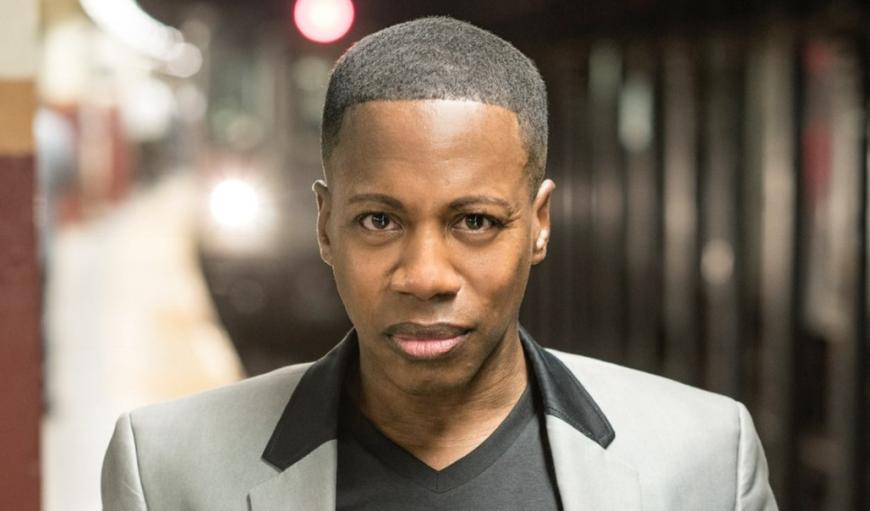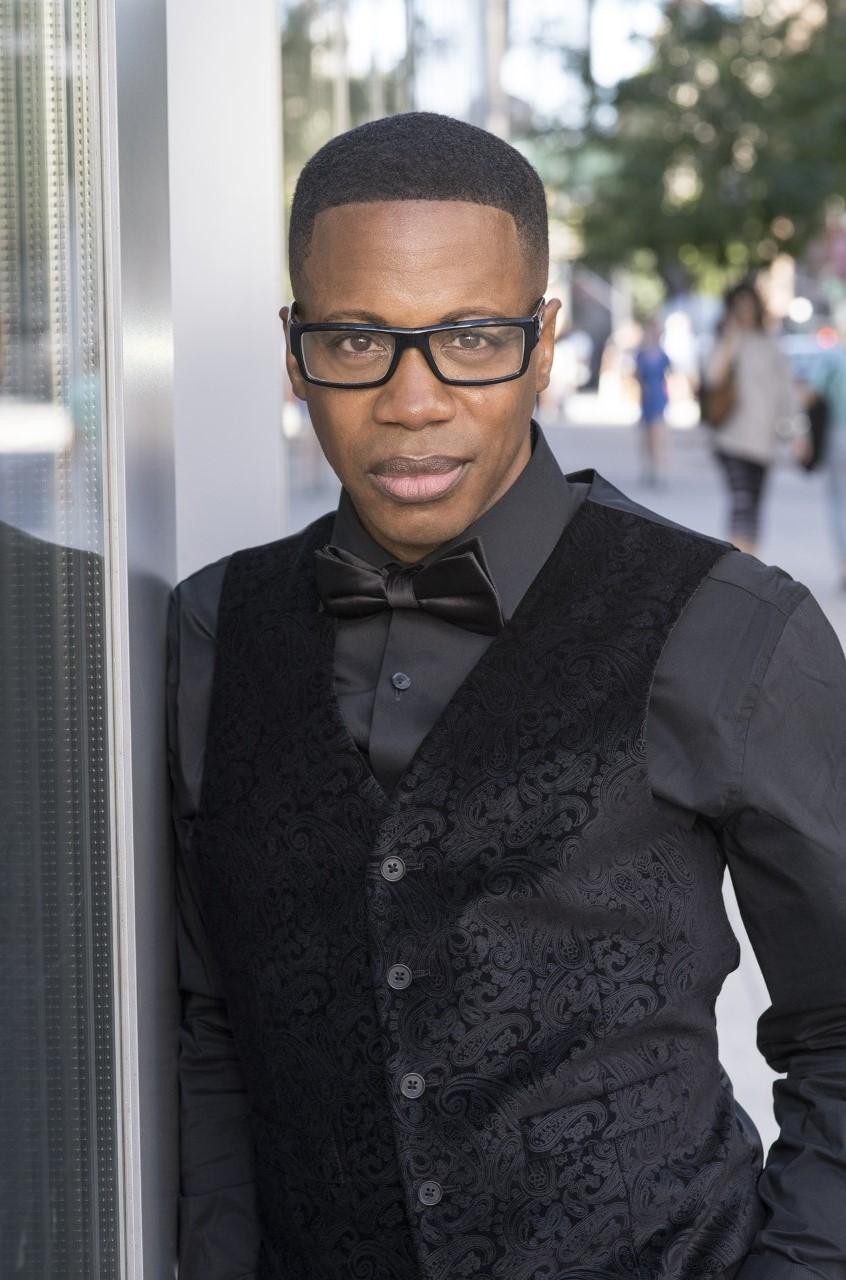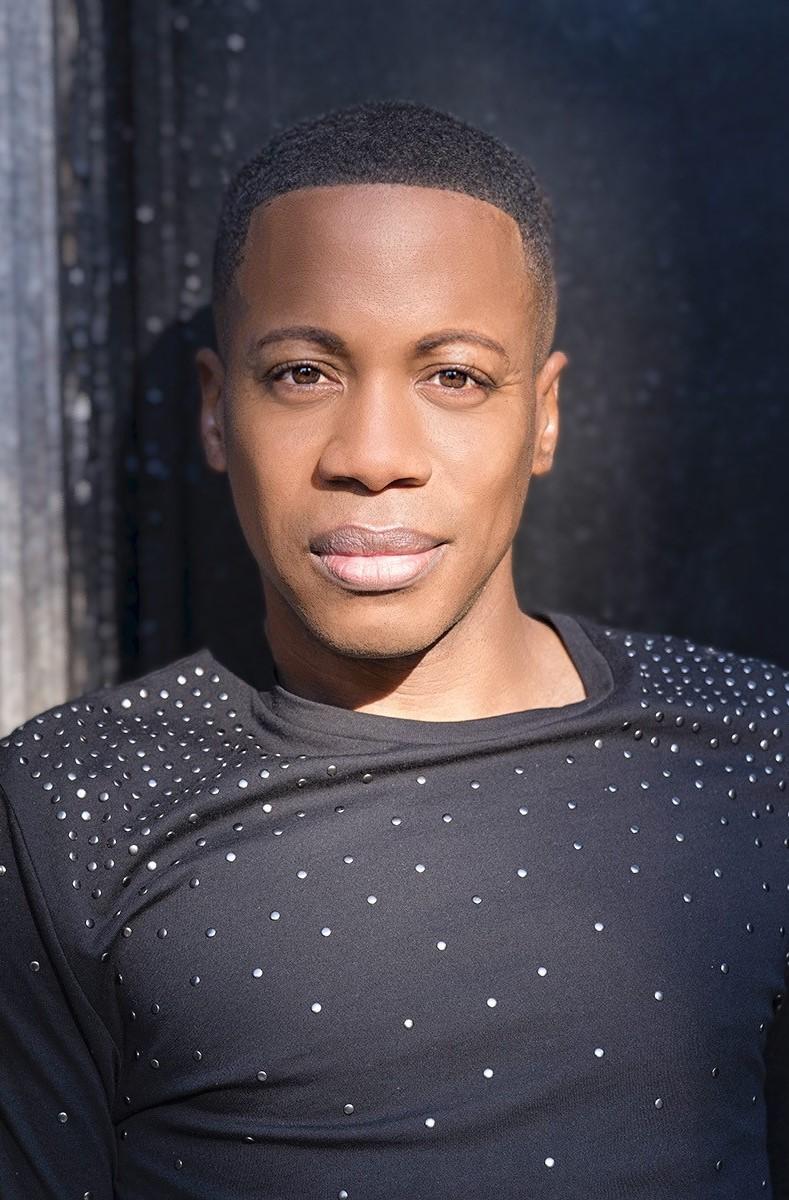
Pianist Terrence Wilson has seen and done a lot in his three decades on the concert circuit. A native of the Bronx, Wilson matriculated at Juilliard in 1994, winning a coveted Avery Fisher Career Grant in 1998. He’s been a road warrior the entire time, playing a wide repertory that includes Michael Daugherty’s Deus ex Machina (2007), which was composed for him. The pianist’s Grammy-nominated performance of the concerto on Naxos, with the Nashville Symphony under Giancarlo Guerrero, appeared in 2009.
Wilson is the picture of the dedicated professional. Step in for André Watts at the Detroit Symphony Orchestra for a performance of Beethoven’s “Emperor” Concerto? Check. Play an April 2022 recital for Chamber Music Society of Lincoln Center that features the music of Julius Eastman and Clarence Barlow? No problem. Not even a fire at the pianist’s apartment in 2015 slowed him down.
Between teaching duties at the Bard College Conservatory of Music, where he was appointed to the piano faculty in 2021, and his relentless schedule as a soloist, recitalist, and chamber musician, Wilson is taking on more than ever in his latest season.
SF Classical Voice spoke with the pianist earlier this month as he prepared for fall engagements that include an Oct. 14 recital at St. John’s Presbyterian Church in Berkeley, presented by Four Seasons Arts. The conversation shed light on Wilson’s return to the Bay Area as well as his razor-sharp, ever-evolving sensibilities about his role as an artist, curator, teacher, and advocate.

Your 2022–2023 season took you all over, from St. John to Harrisburg and beyond.
Between travel, touring, performing, and teaching, the season was on-fire busy. I’ve just come out of another lovely summer at the Brevard Music Center Piano Institute, where I teach, and am now shifting gears from summer mode into preparations for the fall season and the start of the school year at Bard.
I know our readership will be excited to hear that your current fall season includes an October recital presented by Four Seasons Arts.
Oh, yes, my relationship with Four Seasons goes back nearly 25 years. I presented my first recital with them at Herbst Theatre and have since performed on their seasons as a chamber player and again as a solo recitalist. I’ve been so blessed to enjoy such longstanding support and am deeply excited to return to Four Seasons to present another recital program, which is something I love to do.
Recital programming is an art unto itself. How do you go about conceiving of your programs, and what can Four Seasons concertgoers look forward to?
The Four Seasons program will include some pieces I love deeply: selections from [Karol] Szymanowski’s 12 Etudes, Op. 33; the Schubert Sonata in C Minor, D. 958; the Brahms Three Intermezzi, Op. 117; and [Sergei] Prokofiev’s Seventh Sonata.
I’ve got a bit of a personal history with the Szymanowski Etudes and have long felt his music is too often overlooked. One morning as a student at Juilliard, I ran into [pianist and conductor] Krystian Zimerman at a corner bodega in Hell’s Kitchen — hardly looking my best — on a quick breakfast run. I went up to him and probably startled him and explained that I was an aspiring pianist and student at Juilliard. He was very gracious and lavished 10 to 15 minutes on me, asking me about my studies in the middle of that bodega. After hearing what I was playing at the time, he asked me if I had ever played Szymanowski’s Etudes. When I told him I hadn’t, he told me I ought to consider learning them.
For him, likely a casual occurrence. But coming from one of my idols, it became almost a religious dictate to me that I should learn these pieces. It took a decade or two to work up the courage to approach them, but now that I’ve learned them, I’m on somewhat of a dedication tour to Krystian, performing the pieces this season. It’s a fantasy of mine to make it out to Europe to play them for him and hear what he might have to say.
A fascinating story and a well-balanced program.
Sometimes there’s an intellectual thread that ties putting pieces together, but it’s not always necessarily thematic or schematic. Sometimes it’s more of an intuition about an emotional journey on which I want to take the audience. Almost like conceiving a four-course meal — the Szymanowski, like an opening course might, awakens the senses and perhaps provides something unfamiliar to most, something enigmatic or mercurial. That’s then juxtaposed with well-loved classics. I believe these transitions, from Szymanowski to Schubert, Brahms to Prokofiev, work well emotionally. After the deep, dark German chocolate of the Brahms, the Prokofiev is almost like a shot of espresso and a cigarette — not that I condone smoking!
As much as I enjoy performing, it’s just as important a part of my life as an artist to create programs that expose people to intellectual, emotional, or even spiritual experiences. Plotting out that journey is a lot of fun.
How has this curatorial sensibility evolved since you were a younger artist?
When you are [starting out as a younger artist], a lot of your programming is prescribed. You are balancing putting your best foot forward — with repertoire that you know for important programs with prestigious presenters — with that impulse to challenge yourself with new works in order to further your growth as an artist. Nowadays, I have a little more flexibility to challenge myself and to challenge my audiences than when I made my debut years ago.

We’ve only begun to touch the surface of the recognition that women composers, composers of color, and other underrepresented composers deserve. I am committed to doing my part in bringing their works to the fore as well, from performing pieces like that [Aram] Khachaturian concerto, once a staple of concert halls that fell from fashion for many years, to the music of Julius Eastman, who should be considered one of our earliest pioneers of minimalism, or Louise Farrenc.
So much of one’s early development and training in this field is exploring what is often considered the “standard repertoire” — within that, there are projects that could last a lifetime, focusing, for instance, solely on Bach or on the Beethoven sonatas. For artists who try and maintain a diversity in what they present, however, it’s important to expose audiences to works [which may be new to them]. It’s great to see that presenters, too, are willing to be adventurous in sponsoring performances of these works.
It sounds like you’re interested in shaping the future of the field, in a sense, by being an advocate for these works. Does your teaching practice stem from a similar impulse?
It’s an interesting interaction between different sets of priorities. Both teaching and performing are practices of sharing. When I’m performing, I’m sharing with an audience what I love about the music I’m playing. When I’m teaching, I’m also sharing, but there’s a difference between the two.
With performing-as-sharing, you’re more directly able to craft emotional experiences in real time. Teaching-as-sharing is a much more longitudinal idea — helping to develop my students’ own interpretations of repertoire in a way that will promote their ability and desire to share those interpretations. It’s a delicate balance which contributes to my own growth — I learn so much in my role as a teacher.
Besides your upcoming recital with Four Arts, what else is coming up for you — where should we look for you?
Four Seasons in Berkeley is one of my first fall dates in the first of three tours this year. I’m also on the road with Imani Winds for my debut with them: We’re going to play [Francis] Poulenc’s sextet and Farrenc’s sextet, which I’m very excited about. I’m also playing piano quintets with my longtime friends and collaborators in the Escher Quartet. I need to update my website soon with some of my upcoming engagements!




